Introduction to the characteristics of Esseguji Coffee producing area Guji Huakui Coffee Bean hand-flavored taste
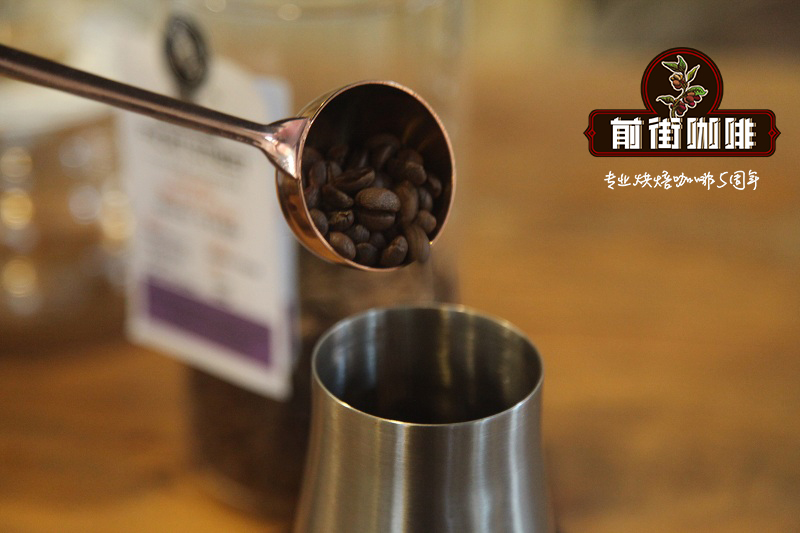
As a boutique coffee producing area in Ethiopia, Guji has always been the focus of Qianjie. Because this producing area has superior local conditions and natural fertile soil, the coffee produced is of good quality. Let's briefly describe the sunny Guji coffee in the former street. When brewing this sunny Guji, the dried aroma ground into powder has rich aromas of flowers and fruits, peach dried honey and lemon peel, while the wet aroma of brewing has sweet aromas of citrus and berries. If the taste is juicy, full and fragrant taste, sweetness and soft berry acidity, it really makes people want to drink it. Qianjie wants you to learn the story of Sunshine Guji. Let's go!

Guji GUJI
Guji producing area is a producing area that has attracted much attention in recent years, and it has made good achievements in flavor display and quality in recent years. The Guji production area once belonged to the Sidamo production area, but it has been independent into a new production area by the Ethiopian Commodity Exchange (ECX) in 2010. Located in the southeast of Yegashefi, the Guji region is adjacent to Sidamo and Gaideo, an area with complex topographical changes such as towering mountains, highlands, plateaus, valleys and plains. The geology of this area belongs to the nutrient-rich black soil (Vertisol), the depth of the soil is nearly two meters, and the average elevation is more than 1800 meters. The geographical characteristics create a significant temperature difference between day and night, so that the local has the local conditions to produce high-quality coffee. The biggest advantage of this place is that the soil vitality is maintained through the circulation of natural organic matter, using the withered leaves or litter of surrounding trees, plant residual roots and so on as natural fertilizer.
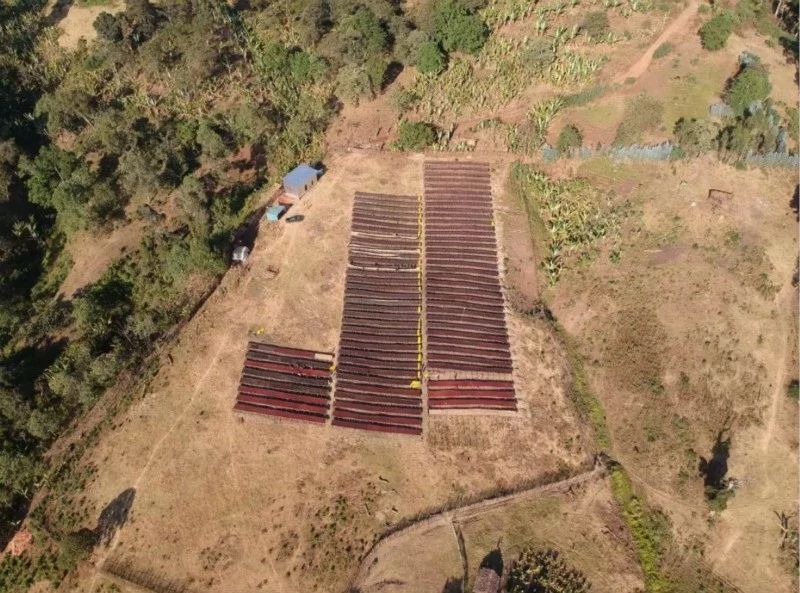
Sun NATURAL
Tanning can be said to be an ancient method of raw bean treatment. Qianjie Coffee, which comes from Guji, is sun-treated.
1. Screen the floating beans.
Pour the harvested coffee fruit into a large trough, and the ripe and full fruit will sink to the bottom of the water; the underdeveloped or overripe fruit will surface, and these floating beans need to be removed.
2. Sun drying
Then put the whole coffee fruit with meat belt on the bean drying farm to sun, naturally dry to about 12% of the water content, the time required is about two to four weeks, depending on the climate of the origin.
3. Shelling
The dried fruit will be naturally dried and the hard peel, pulp and sheepskin will be removed by a shelling machine, and the raw beans will appear.
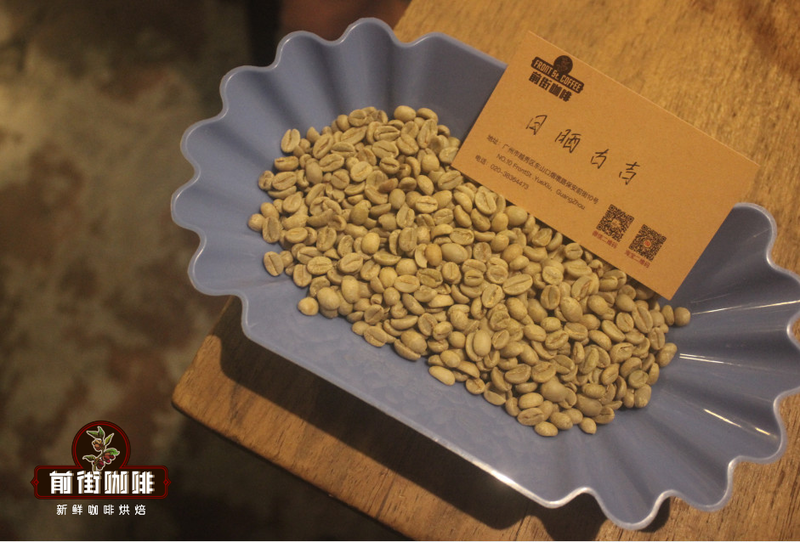
Native species HERILOOM
This sunbathing Guji variety is native to Ethiopia. It is called native species because there are so many varieties in Ethiopia. It is like the natural gene bank in Arabica. On the one hand, there are many varieties, and it is difficult to identify and classify them. On the other hand, the Ethiopian government is unwilling to disclose the information of these varieties for the sake of protection, so it is collectively called [Heirloom native species].
Baking Analysis of Qianjie Coffee Sun-dried Guji Coffee beans

When the furnace temperature reaches 175℃, the firepower is 130,130, the throttle is set up 3, and the temperature recovery point is 1mm. When the furnace temperature is 140℃, the throttle opens to 3.5and the firepower remains unchanged; when the furnace temperature is 155.6 ℃, the bean watch turns yellow, the grass smell disappears completely, and enters the dehydration stage. When the furnace temperature reaches 176℃, the firepower is adjusted to 110and the throttle remains unchanged.
The smell of toasted bread has obviously changed to the smell of coffee, which can be defined as a prelude to an explosion. At this time, it is necessary to listen carefully to the sound of the explosion point. The sound of the explosion point starts to explode at the 8th hour, the throttle is adjusted to 4, and after the explosion, it is developed to turn into a coffee scent. 195 ℃.
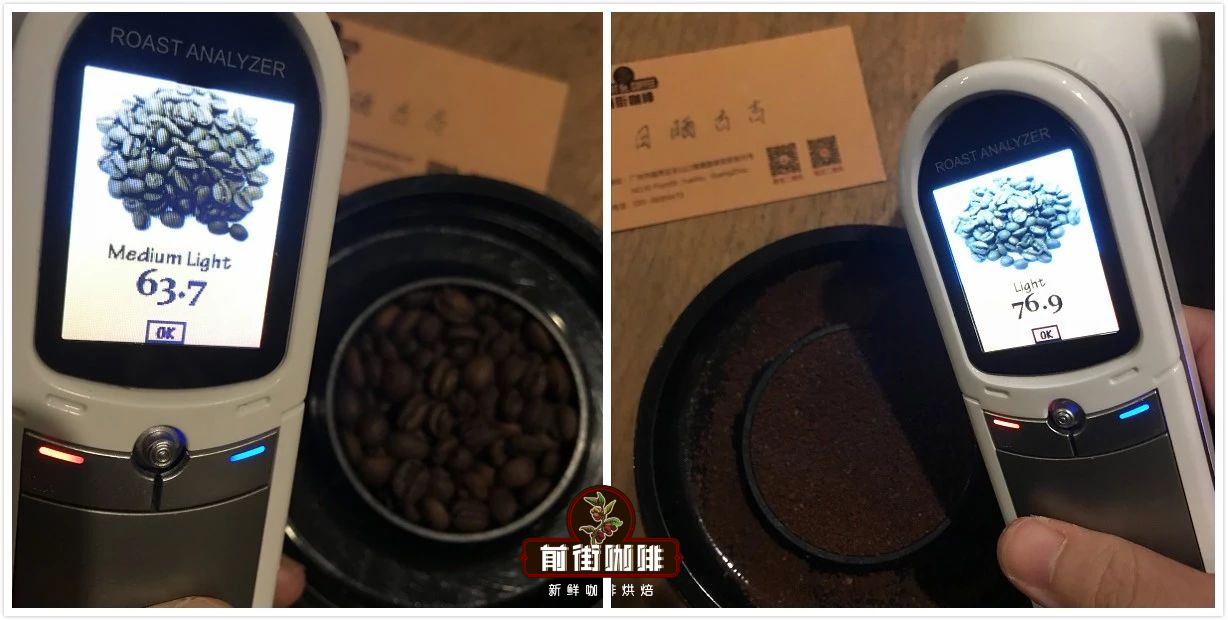
Agtron bean color value is 63.7 (left), Agtron pink value is 76.9 (right), Roast Delta value is 13.2.
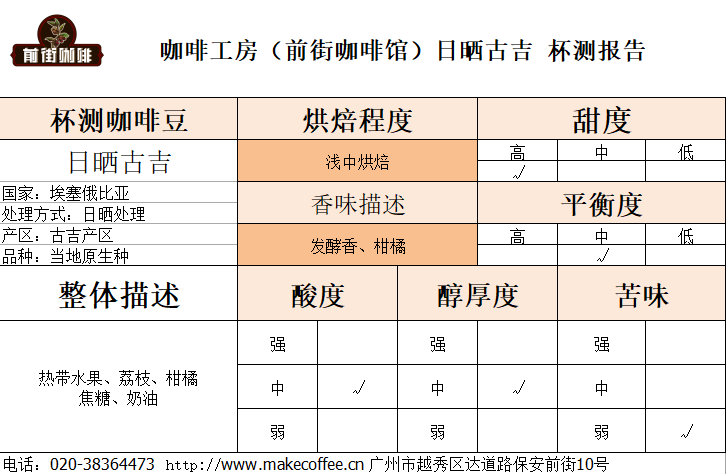
Qianjie Coffee in the Sun Gucci Coffee beans GUJI NATURAL
Country: Ethiopia
Producing area: Guji
Altitude: 1800-2100 m
Treatment: sun treatment
Variety: native species
Flavor: tropical fruit, litchi, citrus, cream, caramel
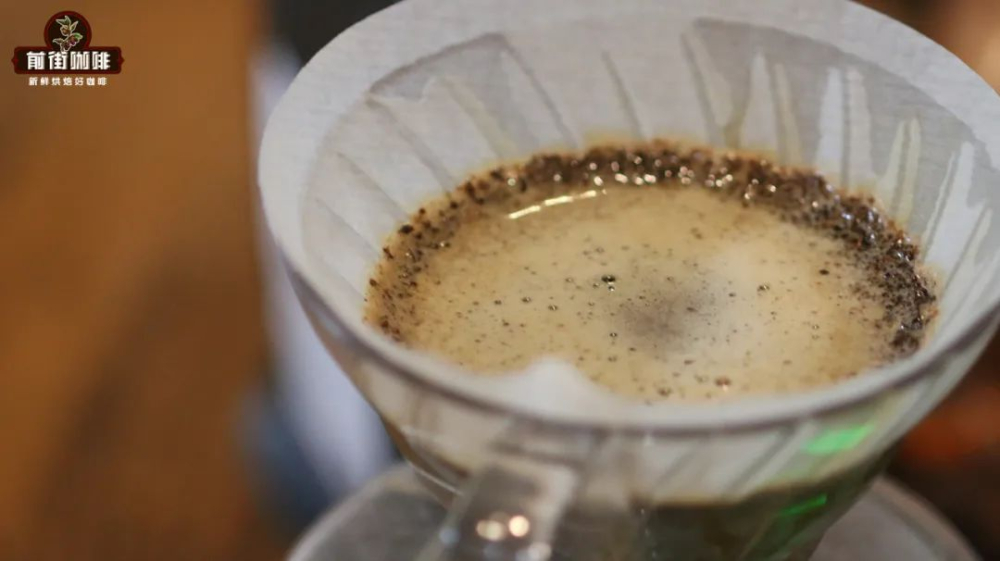
Suggestion on brewing coffee in Qianjie
Filter cup: V60 water temperature: 92-93 degrees Celsius powder: 15g powder-water ratio: 1:15 Grinding degree: fine sugar size (No. 20 sieve bowl sieve powder to 78%)
Three-stage water injection: wet the powder bed with twice as much water as coffee powder to form a drum and steam for 30s, then fill the small water from the inside to the outer circle to 125g, wait for the powder bed to drop to half of the filter cup, and continue to inject the same fine water into the third section to 225g, until all the coffee liquid has been filtered and remove the filter cup for about 2 minutes.
Professional coffee knowledge exchange more coffee bean information please follow the coffee workshop (Wechat official account cafe_style)
For more boutique coffee beans, please add private Qianjie coffee on Wechat. WeChat account: qjcoffeex
Important Notice :
前街咖啡 FrontStreet Coffee has moved to new addredd:
FrontStreet Coffee Address: 315,Donghua East Road,GuangZhou
Tel:020 38364473
- Prev

[Qianjie September new beans] express delivery! Carefully selected and baked, just to show the good coffee
[preface] friends who follow us all know that we also got a lot of new beans in August! Now let's sort out and introduce these unique new beans [African beans] [Ethiopia Gemma] countries: Ethiopia producing areas: Gemma altitude: 1800 meters above sea level: local native species treatment: sun treatment Ethiopia's main
- Next
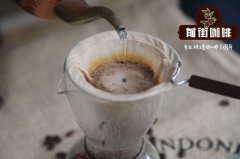
Story of Guji Coffee producing area _ characteristics of Guji Coffee beans _ how much is a cup of Gucci Coffee
Professional coffee knowledge exchange more coffee bean information Please follow the coffee workshop (Wechat official account cafe_style) Guji coffee is undoubtedly the most high-profile producing area in the past two years, the local residents are the Guji Oromo race, coffee is the core crop grown by this alpine nation. Over the past few decades, Gucci's coffee has been subsumed to Sidamo.
Related
- Detailed explanation of Jadeite planting Land in Panamanian Jadeite Manor introduction to the grading system of Jadeite competitive bidding, Red bid, Green bid and Rose Summer
- Story of Coffee planting in Brenka region of Costa Rica Stonehenge Manor anaerobic heavy honey treatment of flavor mouth
- What's on the barrel of Blue Mountain Coffee beans?
- Can American coffee also pull flowers? How to use hot American style to pull out a good-looking pattern?
- Can you make a cold extract with coffee beans? What is the right proportion for cold-extracted coffee formula?
- Indonesian PWN Gold Mandrine Coffee Origin Features Flavor How to Chong? Mandolin coffee is American.
- A brief introduction to the flavor characteristics of Brazilian yellow bourbon coffee beans
- What is the effect of different water quality on the flavor of cold-extracted coffee? What kind of water is best for brewing coffee?
- Why do you think of Rose Summer whenever you mention Panamanian coffee?
- Introduction to the characteristics of authentic blue mountain coffee bean producing areas? What is the CIB Coffee Authority in Jamaica?

